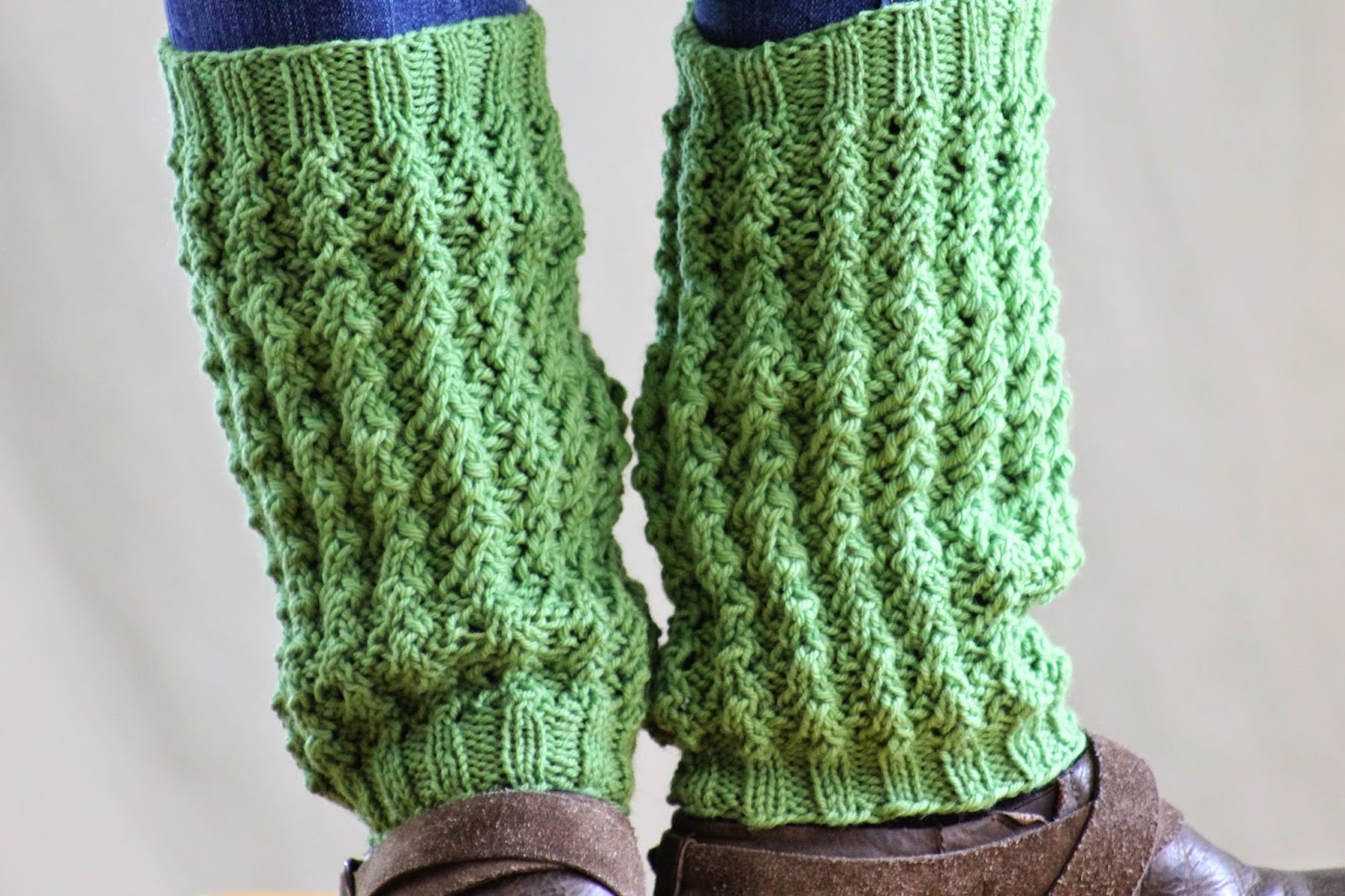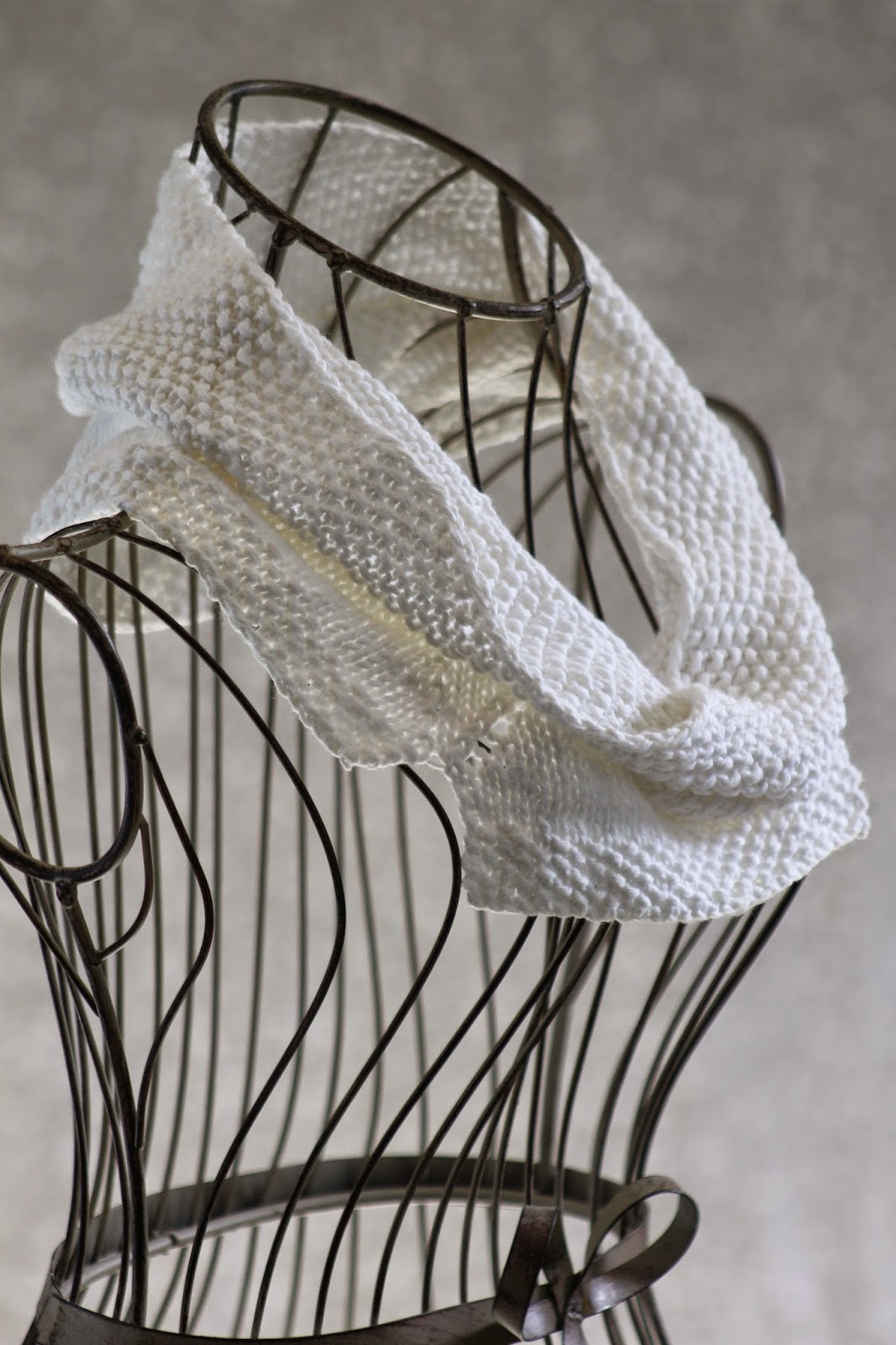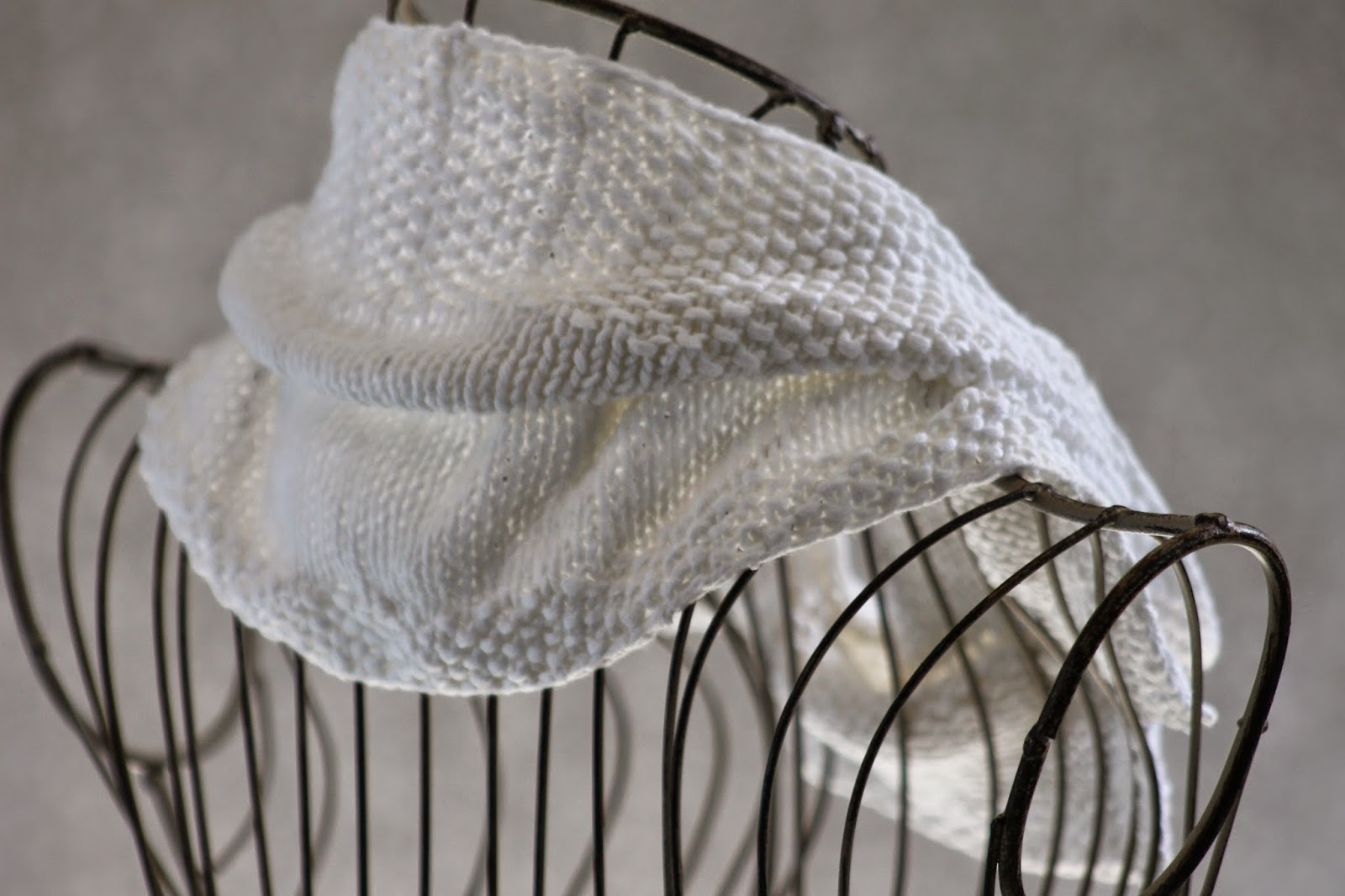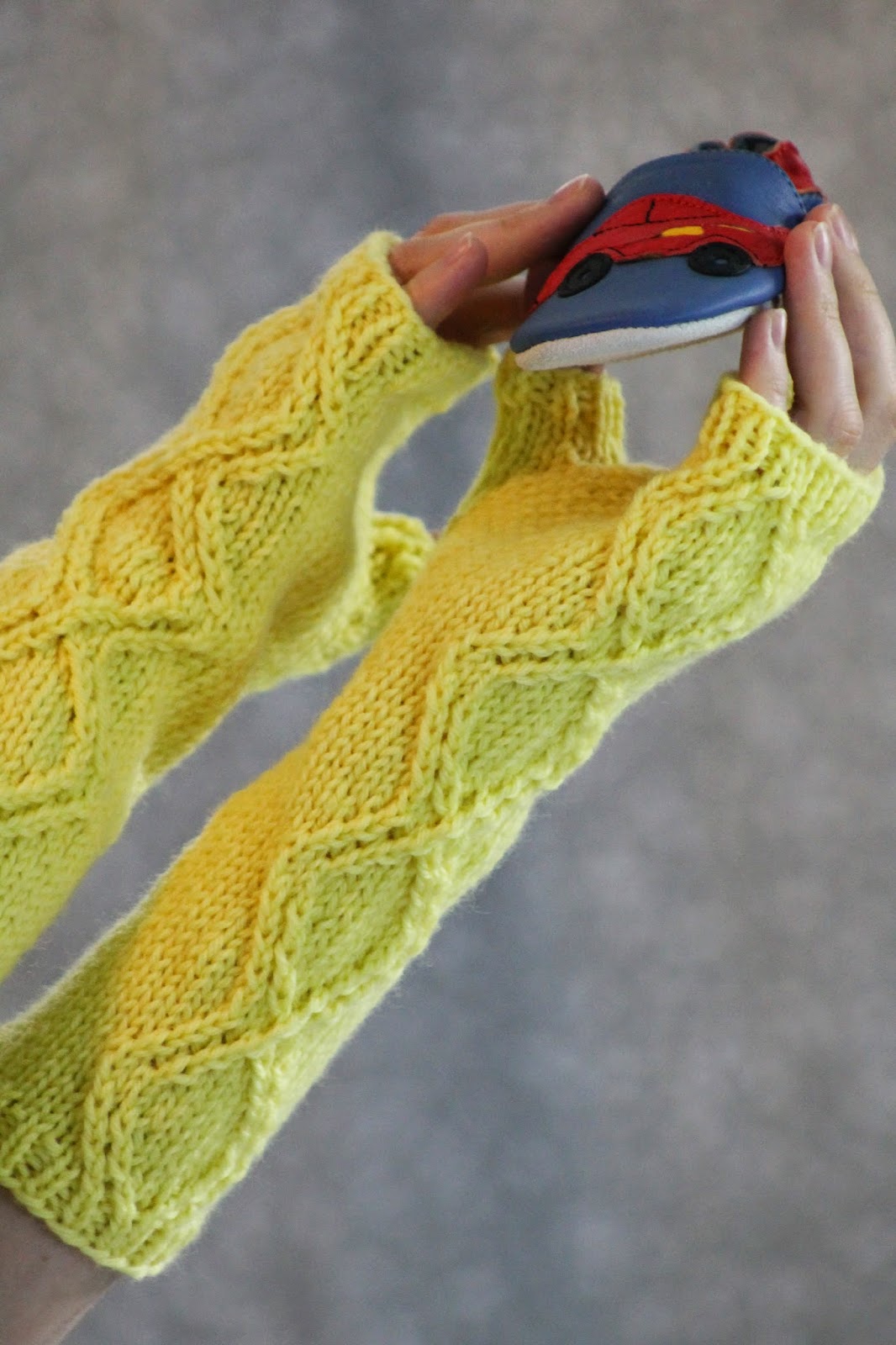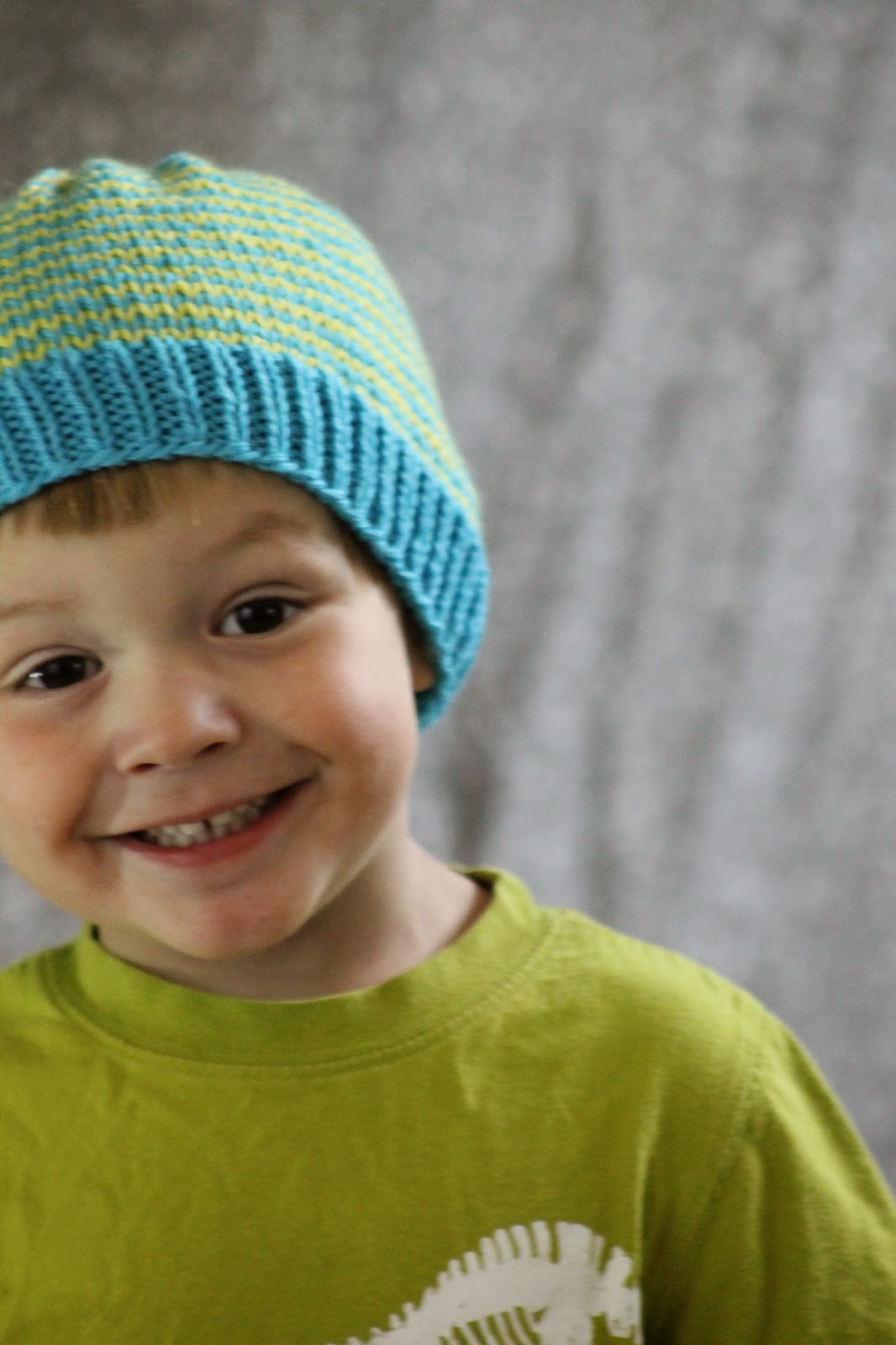 |
| All in the Family Earflap Hat Child Size |
Although I've made hats of many other silhouettes, a reader recently reminded me that I had yet to post an earflap. And this reminder instantly reminded me of yet another thing - namely, that the last time I made an earflap hat, I had far fewer knitting techniques in my toolbox, and ended up having to cobble together a hat, some flaps, and some weird cast-ons with a crocheted edging, to hide the mess. Now that I've progressed, however, I designed this All in the Family Earflap Hat with a basic but rather elegant design that uses a provisional cast on for a seamless, nicely finished look. Plus, it doesn't require any crocheted hoo-ha for the edging (although of course you're welcome to crochet as much hoo-ha as you like; no judgment here). Also, as a note, I should mention that, though I very much enjoyed this yarn, I found the gauge recommendations to be WAY off. Thusly (and especially with a basic stockinette hat such as this), I highly recommend that you check your gauge before accidentally knitting a hat that would fit the Jolly Green Giant better than your kid.
Sizes: Toddler (Child; Small Adult; Large Adult) (in measurements, and roughly, the toddler size should fit an 18" - 19" inch head, the child a 19.5" - 21" inch head, the small adult up to a 21" head, and the large adult up to a 23" head)
Yarn: Berroco Ultra Alpaca (50% Alpaca, 50% Wool; 215 yards [198 meters]/100 grams); #6288 Blueberry Mix - 1 skein
 |
| From the side. |
Notions: Tapestry needle
Gauge: 16 stitches = 4 inches
So let's get started! Using your largest needle and a provisional cast on, cast on 70 (77; 77; 84) stitches. Then, transfer stitches to your size 8 circular needle, place marker, and join in round. Knit until piece measures about 5.5" (6"; 7.5"; 8"), and then we'll begin the decreases, as follows. Remember to switch to your dpns once you're down to about 60 stitches.
Decrease Row 1: * k5, k2tog; rep from *
Decrease Row 2: knit
Decrease Row 3: * k4, k2tog *











